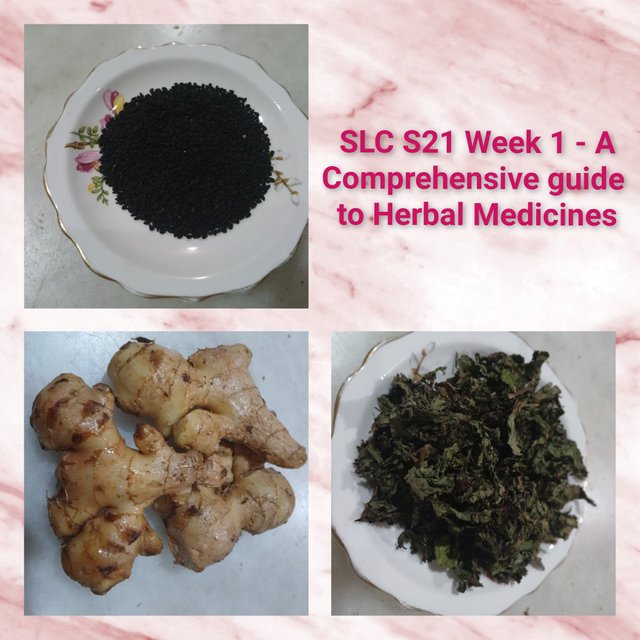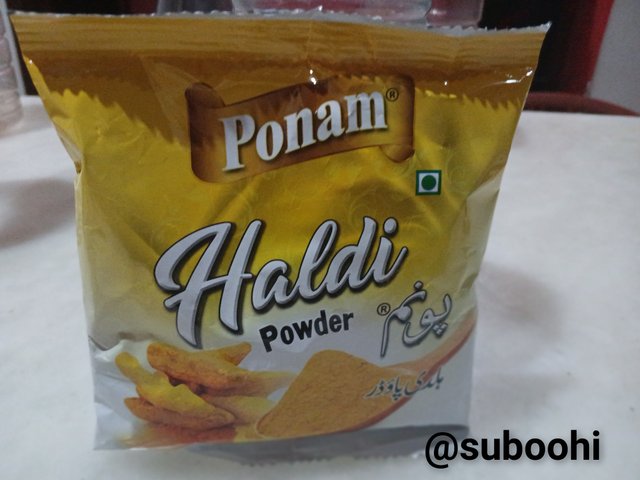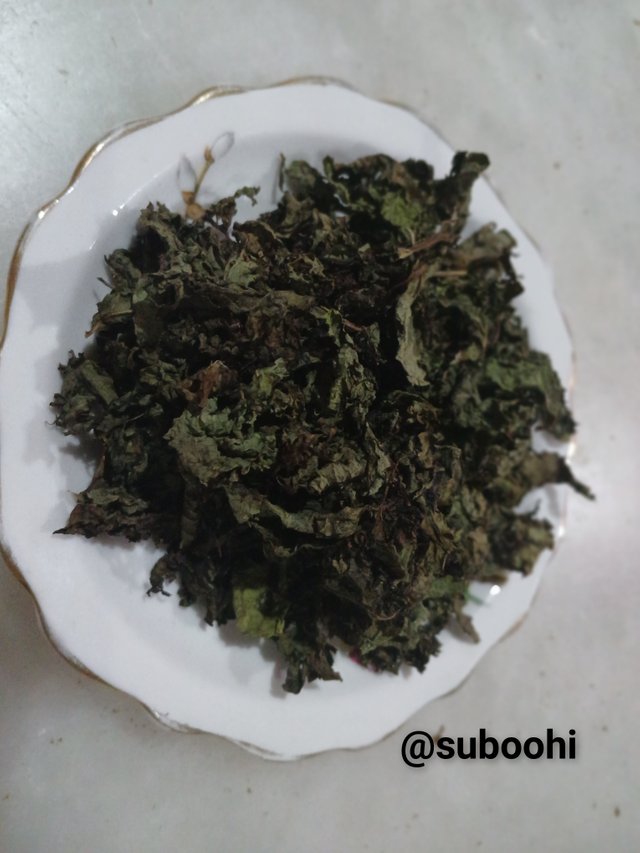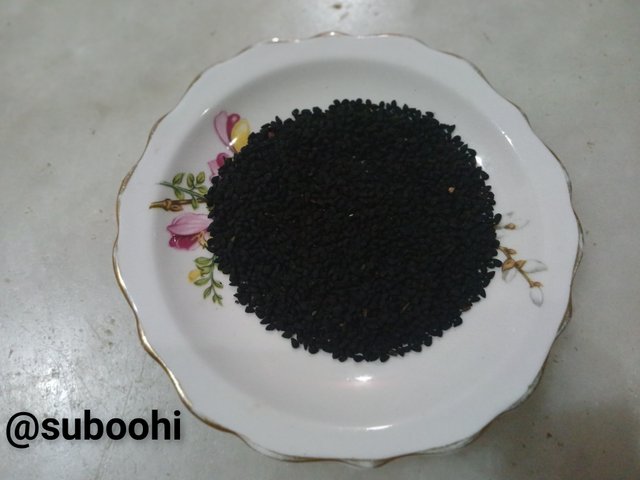SLC S21 Week 1 - A Comprehensive guide to Herbal Medicines

Hello Everyone!!!
I hope you all are good and doing well. I would like to congratulate being our teacher and giving us great knowledge of herbal medicine. I hope we'll learn many useful information about herbal medicine through these lessons.
Homework
Cultural heritage of Pakistan includes a long history of herbal medicine, that influenced by various civilizations and traditions ,including ancient Ayurveda, Greek-Arabic Unani Tibb, and regional folk practices.Here's an overview:
The history of herbal medicine in the region that now constitutes Pakistan goes back over 5,000 years to the Indus Valley Civilization, which thrived in what is now the Pakistani province of Sindh. Excavations from Mohenjo-Daro and Harappa and other places have indicated that the earliest settlers, long before Ayurveda was known, used plants to prescribe medical techniques to people. Ayurveda originated in ancient India with the concept of giving importance to the entire aspect: manipulating plants and minerals to satisfy the body's system and avoid sickness.
Ancient Indian texts written in Sanskrit called the Vedas, and some of the earliest records of using plants for medical purposes are reflected in that there still exist uses like spices including turmeric and ginger among Pakistani herbalism.
This medical tradition was first introduced in South Asia through Greek-Arabic healers who arrived with Muslim rule from the 8th century onwards. In Pakistan, this system is known as Tibb-e-Unani, a combination of ancient Greek and Roman medicinal practices refined through Islamic and Arabic scholarship. First developed by Greek physicians , it was later developed by Arab scholars like Avicenna (Ibn Sina). Avicenna's The Canon of Medicine remained an honorific book , which include herbal, mineral intervention, and adjustments to diet for the purpose of regaining balance within the body.
All four- the hot, cold, moist, and dry-are believed to be qualities of a substance in Unani Tibb, so the prescriptions are very specific in using herbs. Unani medicine spread to Pakistan during the time of the Mughal Empire (1526-1857); there are many scholars and physicians who are known as Hakims who started clinics for herbal and holistic practice. Such influence is still there in Pakistan's memory and health system; Unani medicine is taught in specific institutions and Unani practitioners or Hakims are considered very high.
In addition to Ayurveda and Unani, the country's cultural and regional diversity in Pakistan has led to specific local folk healing practices. For instance, in the north, the long cultural heritage of the Pashtun and Balti groups uses locally grown herbs for health problems such as mullein (Verbascum), aconite, and juniper. This knowledge is passed down traditionally among the locals of those mountainous tribes in Gilgit-Baltistan and Khyber Pakhtunkhwa.
Herb folklore of Sindh and Balochistan in desert climates with adaptation for their oral, skin diseases use miswak (Salvadora persica) for dental hygiene, neem (Azadirachta indica) for all skin disease treatments, amla (Emblica officinalis) is used in folk medicine as a remedy for general immunity. Many regional practices show a lot of bonding between the local communities and land because each species is well-known for a particular purpose to the locality.
So, in modern Pakistan, herbal medicine is highly in use and followed parallel to orthodox Western medicine. The Ministry of Health has embraced Unani as well as Ayurveda under its Traditional and Complementary Medicine and regulates licensure for the practitioners and controls herbalism by National Council for Tibb, etc.
Medications and herbal products are readily available in pharmacies. Loose herbs and packaged medicines are present in most of the pharmacies. The two most popular remedies are qarshi johar joshanda, the herbal tea mixture for the treatment of colds and flu, and Ajmaline products by the honourable Ajmal Dawakhana, whose names resonate throughout Pakistan. Their formulation is a blend of both Unani and Ayurvedic concepts brought into availability for the urban and rural populations' convenience.
Herbal medicine in Pakistan represents a long tradition where indigenous knowledge, Ayurvedic and Unani practices, and Islamic influences converge. Such herbal practices are of high value due to their perceived effectiveness, affordability, and cultural resonance, despite modern biomedicine's growing advancement. This is also heritage in medicinal plants and knowledge practiced and preserved, speaking of a rich historical tapestry on the health traditions of Pakistan and connecting modernity and tradition.
Here’s a table comparing the benefits and side effects of modern medicines and herbal medicines:
| Aspect | Modern Medicines | Herbal Medicines |
|---|---|---|
| Effectiveness | High effectiveness due to concentrated, standardized doses; quick action | Often slower to act, effectiveness varies based on herb quality and preparation |
| Scientific Backing | Backed by extensive research, clinical trials, and regulatory approval | Limited scientific studies; often based on traditional knowledge and anecdotal evidence |
| Precision in Dosage | Precise dosing is possible, leading to predictable outcomes | Dosage can be variable due to lack of standardization in herbs and preparation methods |
| Treatment Scope | Effective for acute and life-threatening conditions, complex diseases, and infections | Commonly used for chronic conditions, wellness, mild ailments, and preventive care |
| Side Effects | Potential for strong side effects, especially in long-term use; may affect liver, kidney, etc. | Generally milder side effects; however, risk of interactions with other drugs, or allergies |
| Interaction with Other Drugs | Known interactions documented, allowing for safer use in combination therapies | Can interact unpredictably with other medications; often less documented |
| Quality Control | High quality control standards, regulated by organizations like the FDA, EMA | Quality can vary widely based on sourcing, preparation, and lack of regulation |
| Customization | Generally "one-size-fits-all"; less personalized | May be customized by traditional practitioners to suit individual health needs |
| Availability | Widely available, especially in pharmacies and hospitals | Readily available but varies by location, often purchased from health stores or herbalists |
| Cost | Generally more expensive due to research, production, and distribution costs | Often more affordable, though high-quality herbal remedies can also be costly |
| Resistance Risk | Overuse can lead to drug resistance, especially in antibiotics | Lower risk of resistance, but effects can diminish with prolonged use in some cases |
| Environmental Impact | Synthetically produced; environmental impact depends on manufacturing process | Natural ingredients; impact varies based on sourcing, with risk of overharvesting or deforestation |
Each system has its strengths, and the choice often depends on the specific health need, personal preferences, and medical advice.
There are many herbs in kitchen that are used as herbal medicine like turmeric, garlic, ginger ,Cuminseeds, cloves,onion mint ,blackseeds etc
Im giving explanation of these three;
1. Ginger
Health Benefits:
Ginger is very common spice in our kitchen and our all food recipes have it. It has many health benefits, it helps relieve nausea, motion sickness, and indigestion.Ginger has anti-Inflammatory properties, Its bioactive compounds, like gingerol, reduce inflammation and pain, particularly useful for arthritis.Ginger helps to boost our Immunity system, it is well Known for fighting respiratory infections and reducing the risk of colds.

Recipes Using Ginger:
Ginger Tea: Ginger tea has many health benefits, it helps to boost immune system, help to reduce weight. Boil half inch slice of fresh ginger in water, add honey and lemon for a soothing, immune-boosting and weight loss drink.
2. Turmeric:
Health Benefits:
Termeric has anti-Inflammatory & antioxidant properties. Curcumin in turmeric ,the active compound, fights inflammation and helps reduce oxidative stress. Turmeric supports our Joint Health;regular consumption of turmeric may alleviate joint pain and stiffness. Turmeric stimulates bile production, aiding in the digestion of fats in food.

Recipes Using Turmeric:
Golden Milk: Mix a teaspoon of turmeric powder with warm milk, add honey, and a pinch of black pepper for better absorption.
3. Mint:
Health Benefits:
Digestive Soother: Known for alleviating indigestion, bloating, and stomach discomfort.
Mental Clarity: The scent of mint has a refreshing effect that can reduce fatigue and improve focus.
Respiratory Relief: Mint acts as a natural decongestant, helping to clear nasal congestion.

Recipes Using Mint:
Mint Lemonade: Its very delicious and refreshing drink. Just blend 20 fresh mint leaves with 1-2tbsp lemon juice, water, and a little sugar or honey for a refreshing drink.
These herbs not only add unique flavors to meals but also provide remarkable health benefits, making them a valuable addition to your daily diet!
Herbs may be consumed in different forms with different benefits and objectives. Here are some common forms of herbs:
- Dried Herbs
These leaves, flowers, roots, or stems have been preserved by drying, and they keep their potency. They can be kept for a while and can be transported over long distances. They find their applications in teas, infusions, cooking, and in crafting.
- Fresh Herbs
These are fresh leaves, stems, or flowers. They have a higher potency than the dried herbs. They find their applications in cooking, salads, and as garnishes.
- Herbal Teas (Infusions)
-Herb is steeped in the warm water
-Easy, hassle-free intake
-Cognitive and gut health well supported
- Tinctures
The highly concentrated liquid extracts made of herbs. It must be taken sublingual either applied in water or directly at a specific location under one's tongue. It really promotes immune functions and removes tension.
- Capsules or Tablets
Dried herbs that could be either extracts then fill into the capsules while pressed into the tablets then put into a capsule also filled with it. Thus it is very easy in case of ingestion. Thus several health problems are efficiently overcome such as digestive issue or immune-related problems among many others.
- Essential Oils
- Concentrated plant extracts, commonly used in aromatherapy
- Applied topically (diluted), inhaled, or in a diffuser
- Induces relaxation, mood, and skin health
- Salves and Ointments
- Herbal extracts mixed with oils and waxes
- Applied topically for skin conditions such as wounds and eczema
- Induces skin health and wound healing
- Infused Oils
- Herbs infused in carrier oils (coconut, olive)
- Used in cooking, skincare, and hair care
- Induces skin and hair health
- Powders
- Dried herbs produced into fine powders
- Used in cooking and smoothies as well as supplements
Helps sustain a number of health problems (digestive, immune, etc.)
- Herbs to Smoke
- Dried herbs smoked for relaxing or as medicine
Helps assuage stress and overall respiratory health, such as mullein
When choosing an herbal form, consider the following:
- Convenience
- Potency
- Bioavailability
- Personal preference
- Health goals
Always consult a healthcare professional or qualified herbalist when using herbs, especially when health concerns or allergies exist.
Nigella sativa or kalonji or black seed, has anti-inflammatory, antioxidant, and immune-boosting properties. It is mainly taken as seeds or oil and is known for its health benefits.
However, black seed can cause side effects, especially if taken in high doses or over a long period.
Here's an overview of the potential side effects and some tips on how to avoid them.

Potential Side Effects of Black Seed
Allergic Reactions
Cause: Some people may have skin rashes, hives, or itching, especially if they have a sensitivity to black seed.
Prevention: carry out a patch test ,if you use black seed oil topically. Apply a small amount behind your ear and wait for 24 hours to observe if you have a reaction. Ingestion; start with the lowest dose and observe for symptoms of allergy.
Blood Pressure Lowering
Cause: Black seed lowers blood pressure, and for some patients, that can be beneficial, but it can cause hypotension especially if they are using antihypertension medications.
Prevention: Consult your physician before using black seed , if you have low blood pressure or are using a blood pressure medication,
Bleeding Times Effectiveness
Cause: Black seed may have mild blood-thinning effects. This would imply an increased risk of bleeding or bruising among patients who take antiplatelet drugs.
Prevention: If you are on drugs that affect blood-thinning or have any bleeding disorders, you need to consult your doctor before taking black seed.
Liver and Kidney Function with High Doses or Long-Term Consumption
Cause: Black seed oil strain on the liver or kidneys, especially at higher dosages and/or for prolonged periods.
Prevention: Use as recommended by dosages . If using it long term, take some time off, and, if you already have issues with your liver or kidneys, talk it over with your health care provider.
Low Blood Sugar (Hypoglycemia)
Cause: Black seed lowers blood sugar levels. This may be useful for diabetic patients, but excessive consumption or in combination with other medications that lower blood sugar levels can lead to hypoglycemia.
Prevention: If you are a diabetic or under medication that lowers your blood sugar level, monitor your blood sugar level and talk to your doctor before consuming black seed.
How to Safely Use Black Seed
Stick to Moderate Dosages: The general intake dosage of black seed oil is approximately 1-2 teaspoons a day, however seeds can be taken by taking 1-3 grams per day. In the case of very high dosages, unless supervised by a doctor.
Use Genuine Sources: Use pure and cold-pressed black seed oil or organic seeds to make sure there is no possible contamination and ensure that all the products used are in perfect quality.
Cycle Your Intake: In case you are taking the black seed oil for a general health reason rather than some specific medical use, you are supposed to take it on for some weeks and off for a while.
It is essential to consult with your healthcare provider especially when you have any underlying medical condition or under prescription medications. This is especially when you are using the product in the long term or the therapeutic use.
Since black seed has so many benefits, usage should, however, be done with much caution and responsibility to avoid side effects and drug interactions.
That's all from my side. I have tried to compiled the task. Thanks for giving time to my post. I would like to invite @artist1111 , @roohiasif99 , @sualeha and @aaliarubab for the contest.
Best regards